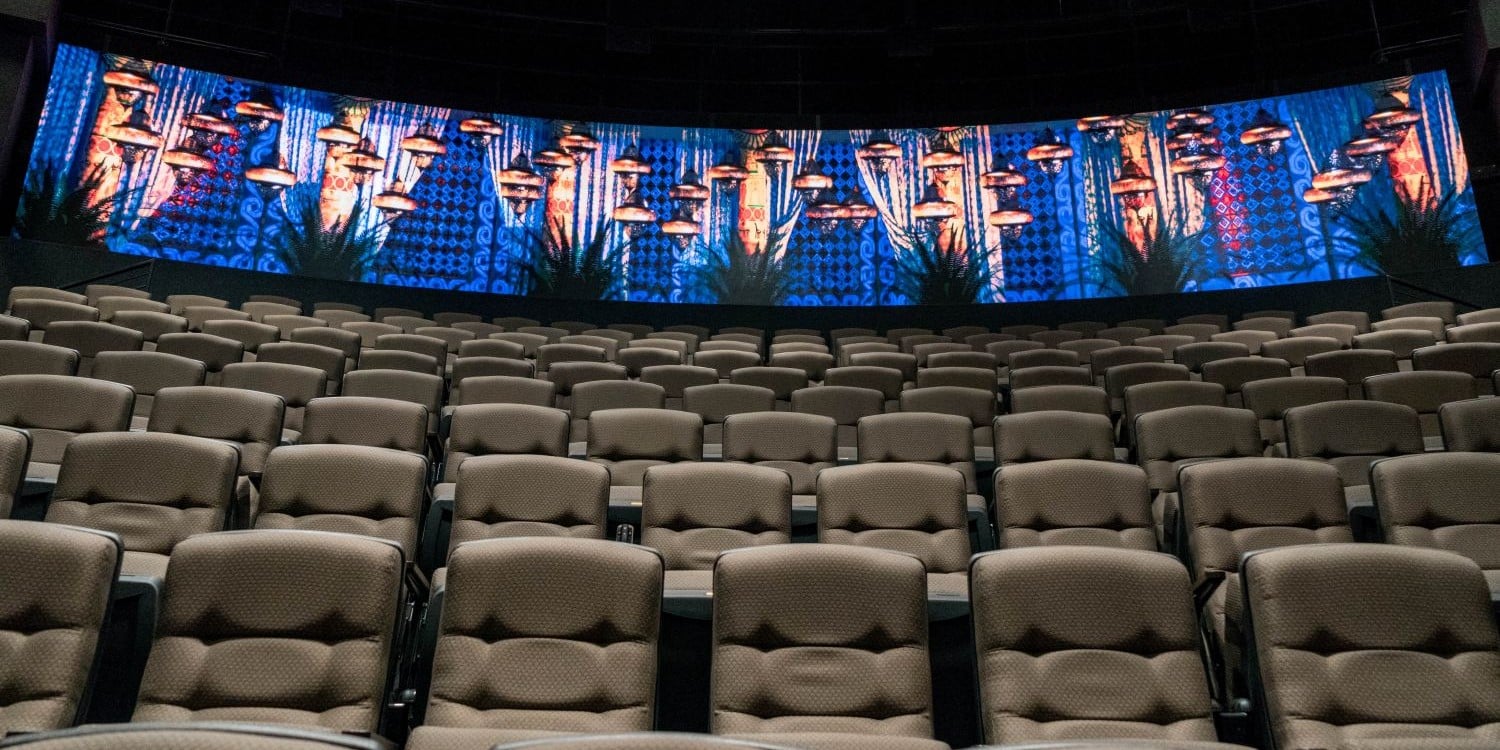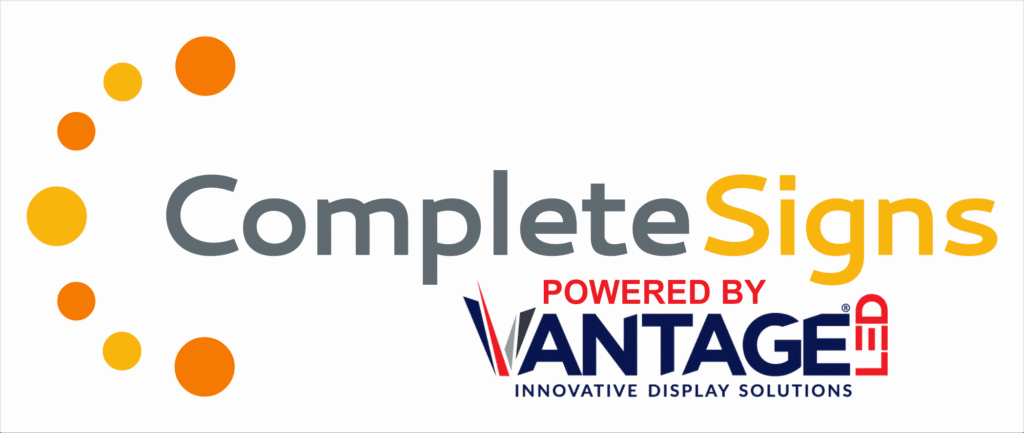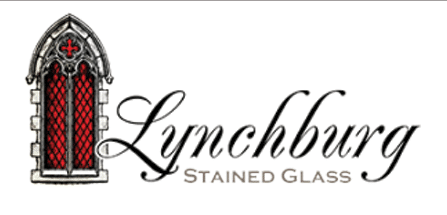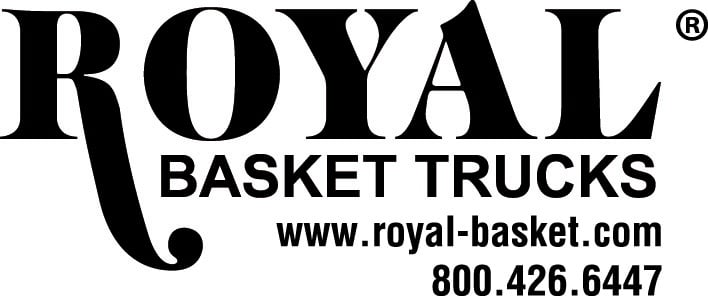At its core, digital signage refers to electronically controlled displays that present dynamic content images, videos, text, or live feeds across screens placed in strategic locations. In places of worship, this technology is bridging tradition with innovation, helping congregations stay connected, informed, and inspired.
From sanctuaries to fellowship halls, houses of worship are increasingly adopting digital signage to enrich the spiritual experience, streamline communications, and engage both members and visitors in meaningful ways.
The digital transformation within faith-based communities is well underway, with several notable trends emerging:
- Hybrid Worship Integration: With many congregations offering both in-person and virtual services, digital signage helps display real-time updates, sermon points, and event reminders, enhancing the worship experience for all attendees.
- Interactive Kiosks and Wayfinding: Larger campuses are implementing touchscreen displays and interactive directories to help guests navigate facilities or learn more about ministry programs.
- Content Localization and Automation: Churches are leveraging cloud-based content management systems to localize announcements per building or area (e.g., youth center vs. main sanctuary) and automate schedules.
- Visual Storytelling and Inspiration: Beyond announcements, many institutions are using digital signage to display scripture, share testimonies, or highlight community outreach efforts through video and photography.
- Eco-Friendly Alternatives: Many churches are transitioning from printed bulletins and banners to digital signage as part of a broader sustainability initiative.
Purchasing Considerations
When evaluating digital signage solutions, religious organizations should prioritize functionality, ease of use, and long-term value. Here are some core areas to consider:
- Audience Engagement: Can the solution accommodate dynamic content that resonates with your audience? Is it easy to incorporate sermon slides, scripture, videos, or real-time alerts?
- Content Management System (CMS): Look for a user-friendly CMS that allows scheduling, remote access, and multi-screen management. Ensure that church staff or volunteers can easily update content without technical expertise.
- Installation and Flexibility: Consider both wall-mounted and freestanding displays depending on the space. Outdoor signage should be weather-resistant, while indoor displays should blend seamlessly with your worship environment.
- Budgeting and ROI: Factor in initial costs (hardware, software, installation) and ongoing expenses (support, licensing, content creation). Think in terms of ROI not just financially, but in terms of enhanced engagement, attendance, and ministry effectiveness.
- Scalability: Choose systems that can grow with your organization. What fits one campus today should be adaptable for multi-campus use in the future.
- Support and Training: A responsive vendor who offers onboarding, troubleshooting, and content strategy guidance can make or break your success with digital signage.
Case Studies
Consider these examples of digital signage success in religious settings:
- Mid-Sized Church: This congregation deployed digital signage across three key areas, lobby, children’s ministry, and the sanctuary. Each screen delivered unique, targeted content. The result? A 30% increase in event participation and improved first-time visitor orientation.
- Large Multisite Ministry: With locations in multiple cities, this ministry uses cloud-connected signage to keep all campuses aligned. Sermon themes, announcements, and prayer requests are distributed centrally but tailored locally, improving cohesion and relevance.
- Urban Faith Community: In a dense city setting, one congregation replaced exterior signage with a digital marquee that automatically updates service times, volunteer opportunities, and emergency notifications, resulting in better engagement with the local neighborhood.
As faith communities continue to adapt in an increasingly digital world, tools like digital signage offer both practical and spiritual value. They simplify communications, enhance worship experiences, and foster a sense of belonging across congregations.
Whether it’s displaying the lyrics of a worship song, announcing a baptism, or showcasing a mission trip, digital signage allows ministries to communicate with clarity, consistency, and creativity.
Religious leaders looking to enrich their community experience should view digital signage not as a luxury but as a strategic investment in their ministry’s mission.
Brett Unzicker is chief revenue officer at Revel Media Group, where he leads the company’s rapid growth in LED, digital signage, and IPTV solutions for live events and enterprise clients, www.revelmg.com.
















